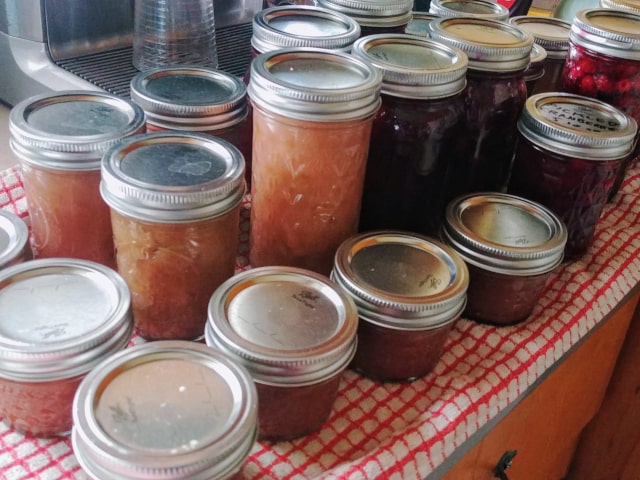
Food is expensive so it is really helpful to grow your own fruits and vegetables. Many people, even beginner gardeners, can grow tasty food in their own garden. There are many great vegetables you can grow successfully even if you're not an experienced gardener. This way, you will not only save a significant amount of money but you will always know that the food you eat is completely healthy and safe for consumption. Growing your own fruits and vegetables is the safest way to ensure that the food you eat is the safest, healthiest and without any harmful additions.
Once you know how to grow and harvest your vegetables, however, it's important to keep them fresh, healthy and tasty for as long as possible. This is why good storing comes in handy. You need to be able to preserve all those nice fruits and vegetables from your garden, because you won't be able to eat them all at once. The key to providing healthy food for your family is knowing how to preserve and store your homegrown fruits and vegetables.
Storing Your Food
The good news is that unlike some other foods, such as meat or dairy products, fruits and vegetables are relatively long-lasting, if stored properly. Luckily, there are many little tricks you can use to keep your food fresh for much longer.
Most people assume they know how to store their food in the fridge. However, simply tossing food around the fridge is not the best way to go. This careless method actually makes you toss a lot of your food, which is just a waste of money.
You can avoid this problem by storing your food properly. When it comes to food you produce in your own garden, it's important to know about all the ways you can make fruits and vegetables last for much longer and be fresh and tasty.
The first thing you need to know is how your fridge is organized. The top shelf is the warmest part of the fridge while the bottom shelf is the coolest part of the fridge. The top shelf is good for things such as cheese and sauces, while raw meet should be kept on the bottom shelf. Where do fruits and vegetables fit in? The good news is that most refrigerators have a special drawer (salad crisper drawer) specially made for storing fruits and vegetables.
This is the optimum place for keeping the food harvested from your own garden. Depending on your fridge, the salad crisper drawer comes with humidity controls made to retain moisture. This will help most vegetables (lettuce, cucumber, cauliflower, beans, broccoli, carrots, leafy vegetables, etc.) last for much longer.
Also, remember that you can share some of your homegrown food with your friends and family if you have too much. This is a great way to give them something nice and to know that all those tasty fruits and vegetables won't go to waste.
Tips for preserving Vegetables
Here are some good tips and tricks to make vegetables last longer:
- You can prevent your vegetables to rot if you line the bottom of the refrigerator's crisper drawer with paper towels. The towels will absorb the excess moisture and prevent rotting.
- Lettuce needs a lot of moisture to stay fresh, so you should do whatever you can to retain moisture. Wrap lettuce in damp paper towels and place each individual lettuce in a plastic bag. This will prevent drying.
- In case some of the salad greens lose moisture and begin to wilt, it's best to soak them in ice water. This will crisp them up so they will be tastier and they will last for a long time.
- Carrots, celery and radishes can be preserved for a long time if you chop them and store them in water. This will keep them crisp and fresh.
- To make tomatoes last for longer, you can slice them and store them in olive oil. This will give them about an extra week. Do this only as they are about to go bad. Fresh tomatoes you intend to eat straight away or very soon don't need this treatment.
- Store kale, collards and Swiss chard by trimming their ends and putting them in a glass of water. You should add a loose bag over the top of the glass.
- Summer and winter squash will last longer if you rub them with vegetable oil. It's best to store them in pantry. They can last like this for several months.
- Scallions will last for much longer (three times longer) when they are stored in a jar of water on your counter. The green onions will keep growing so you can simply take the tips when you want to use them for consumption.
- Asparagus will stay fresh for longer if you put its thick end in cold water.
- Garlic should never be kept in a sealed container. Store fresh bulbs in a mesh basket, wire basket or even a paper bag.
- Mushrooms can get slimy after some time in the fridge, so it's best to wrap them in paper towels before you put them in the fridge.
Tips for Preserving Fruits
Berries (such as blueberries, strawberries, raspberries, etc.) should always be stored in a plastic container or a plastic bag in the back of the refrigerator. Before you put berries in the fridge, it's useful to wash them in water with a bit of vinegar. This will make them last for longer.
Make sure to keep apples away from other foods! They give off ethylene gas, and it can cause foods to spoil. Apples can also get too soft, so if that happens, you can simply cook them to use them immediately before they are not suitable for consumption.
Bananas should never be separated before you eat them. They can last for much longer when kept in a bunch. It's best to store them at room temperature until they are ripen. Over-ripened bananas should be frozen and later used in banana bread and other similar recipes.
Avocados are best left unbagged in the fridge.
Photo credit: sk
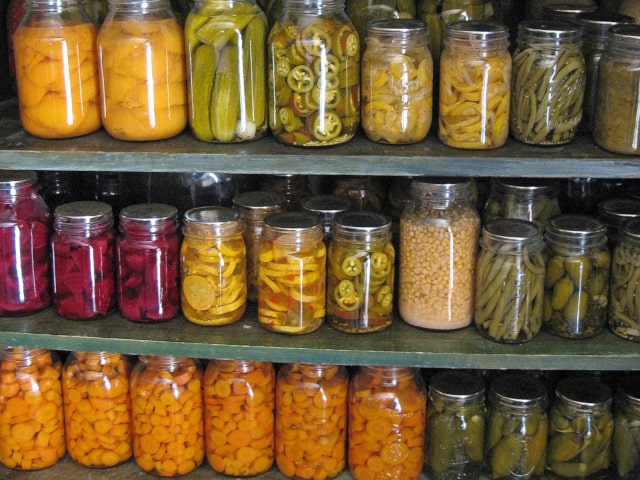
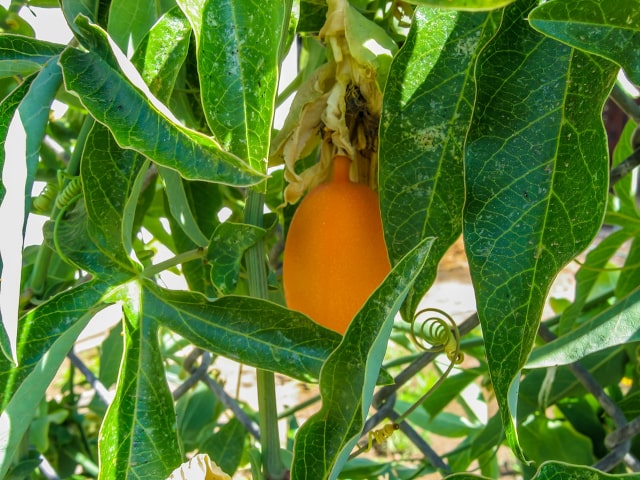
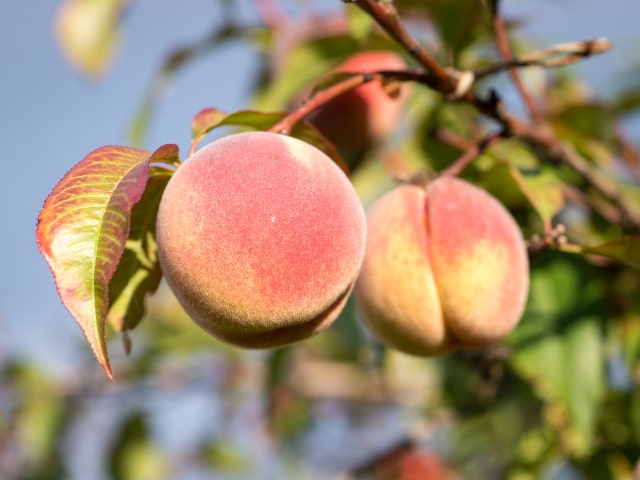
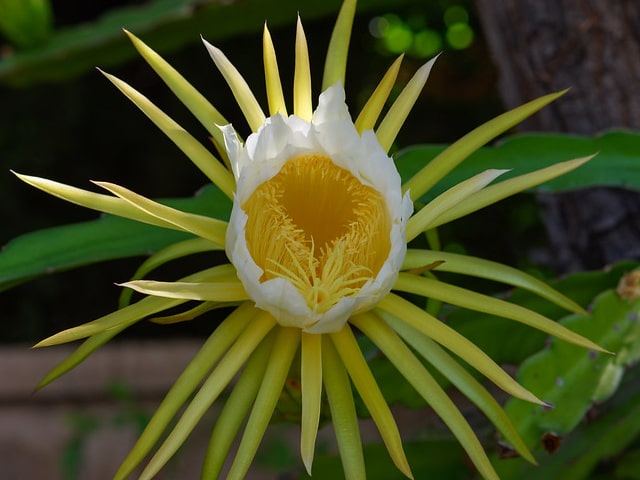
0 Comments